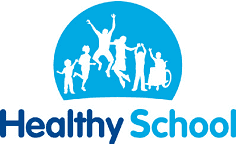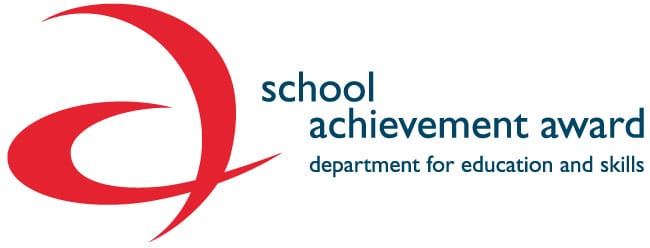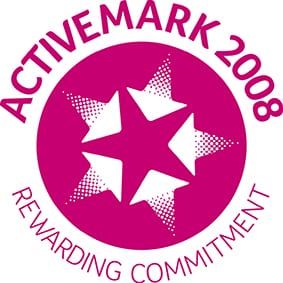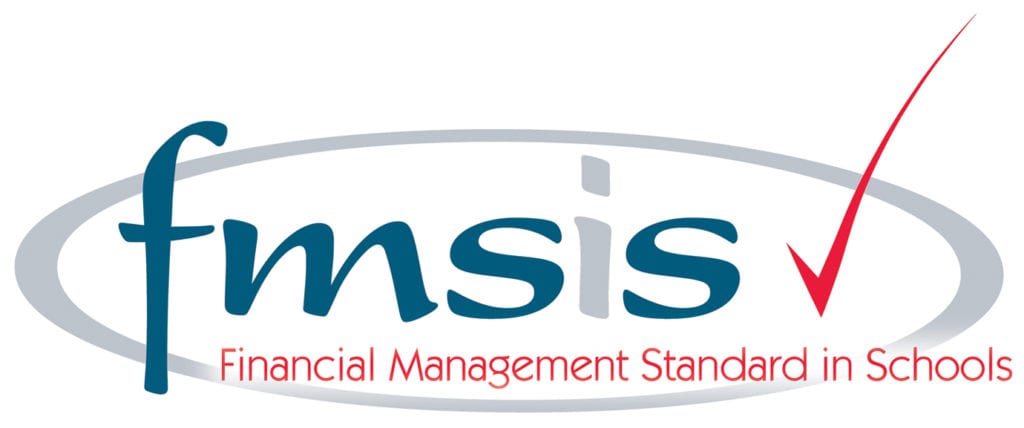EYFS – Nursery and Reception
The Early Year Foundation stage strands are taught throughout nursery and reception. The following are the developmental stages which your child will progress through during these years.
8-20 months
- Develops an awareness of number names through their enjoyment of action rhymes and songs that relate to their experience of numbers.
- Has some understanding that things exist, even when out of sight.
- Recognises big things and small things in meaningful contexts.
- Gets to know and enjoy daily routines, such as getting-up time, mealtimes, nappy time, and bedtime.
16-26 months
- Knows that things exist, even when out of sight.
- Beginning to organise and categorise objects, e.g. putting all the teddy bears together or teddies and cars in separate piles.
- Says some counting words randomly.
- Attempts, sometimes successfully, to fit shapes into spaces on inset boards or jigsaw puzzles.
- Uses blocks to create their own simple structures and arrangements.
- Enjoys filling and emptying containers.
- Associates a sequence of actions with daily routines.
- Beginning to understand that things might happen ‘now’.
22-36 months
- Selects a small number of objects from a group when asked, for example, ‘please give me one’, ‘please give me two’.
- Recites some number names in sequence.
- Creates and experiments with symbols and marks representing ideas of number.
- Begins to make comparisons between quantities.
- Uses some language of quantities, such as ‘more’ and ‘a lot’.
- Knows that a group of things changes in quantity when something is added or taken away.
- Notices simple shapes and patterns in pictures.
- Beginning to categorise objects according to properties such as shape or size.
- Begins to use the language of size.
- Understands some talk about immediate past and future, e.g. ‘before’, ‘later’ or ‘soon’.
- Anticipates specific time-based events such as mealtimes or home time.
30-50 months
- Uses some number names and number language spontaneously.
- Uses some number names accurately in play.
- Recites numbers in order to 10.
- Knows that numbers identify how many objects are in a set.
- Beginning to represent numbers using fingers, marks on paper or pictures.
- Sometimes matches numeral and quantity correctly.
- Shows curiosity about numbers by offering comments or asking questions.
- Compares two groups of objects, saying when they have the same number.
- Shows an interest in number problems.
- Separates a group of three or four objects in different ways, beginning to recognise that the total is still the same.
- Shows an interest in numerals in the environment.
- Shows an interest in representing numbers.
- Realises not only objects, but anything can be counted, including steps, claps or jumps.
- Shows an interest in shape and space by playing with shapes or making arrangements with objects.
- Shows awareness of similarities of shapes in the environment.
- Uses positional language.
- Shows interest in shape by sustained construction activity or by talking about shapes or arrangements.
- Shows interest in shapes in the environment.
- Uses shapes appropriately for tasks.
- Beginning to talk about the shapes of everyday objects, e.g. ‘round’ and ‘tall’.
40-60+ Months Pre-ELG
- Recognise some numerals of personal significance.
- Recognises numerals 1 to 5.
- Counts up to three or four objects by saying one number name for each item.
- Counts actions or objects which cannot be moved.
- Counts objects to 10, and beginning to count beyond 10.
- Counts out up to six objects from a larger group.
- Selects the correct numeral to represent 1 to 5, then 1 to 10 objects.
- Counts an irregular arrangement of up to ten objects.
- Estimates how many objects they can see and checks by counting them.
- Uses the language of ‘more’ and ‘fewer’ to compare two sets of objects.
- Finds the total number of items in two groups by counting all of them.
- Says the number that is one more than a given number.
- Finds one more or one less from a group of up to five objects, then ten objects.
- In practical activities and discussion, beginning to use the vocabulary involved in adding and subtracting.
- Records, using marks that they can interpret and explain.
- Begins to identify own mathematical problems based on own interests and fascinations.
- Beginning to use mathematical names for ‘solid’ 3D shapes and ‘flat’ 2D shapes, and mathematical terms to describe shapes.
- Selects a particular named shape.
- Can describe their relative position such as ‘behind’ or ‘next to’.
- Orders two or three items by length or height.
- Orders two items by weight or capacity.
- Uses familiar objects and common shapes to create and recreate patterns and build models.
- Uses everyday language related to time.
- Beginning to use everyday language related to money.
- Orders and sequences familiar events.
- Measures short periods of time in simple ways.
40-60 Months ELG
- Count reliably with numbers from one to 20
- Use everyday language to talk about size, weight, capacity, position, distance, time and money to compare quantities and objects and to solve problems
- Place numbers 1-20 in order
- Recognise, create and describe patterns
- Say which number is one more or one less than a given number to 20
- Explore characteristics of everyday objects and shapes and use mathematical language to describe them
- Using quantities and objects, add and subtract two single-digit numbers and count on or back to find the answer
- Solve problems, including doubling, halving and sharing







